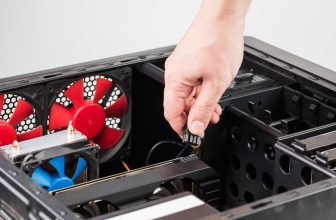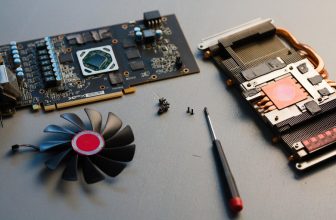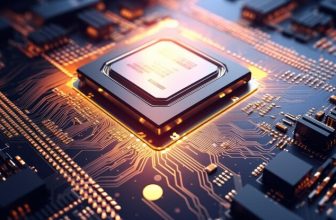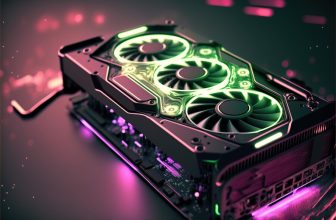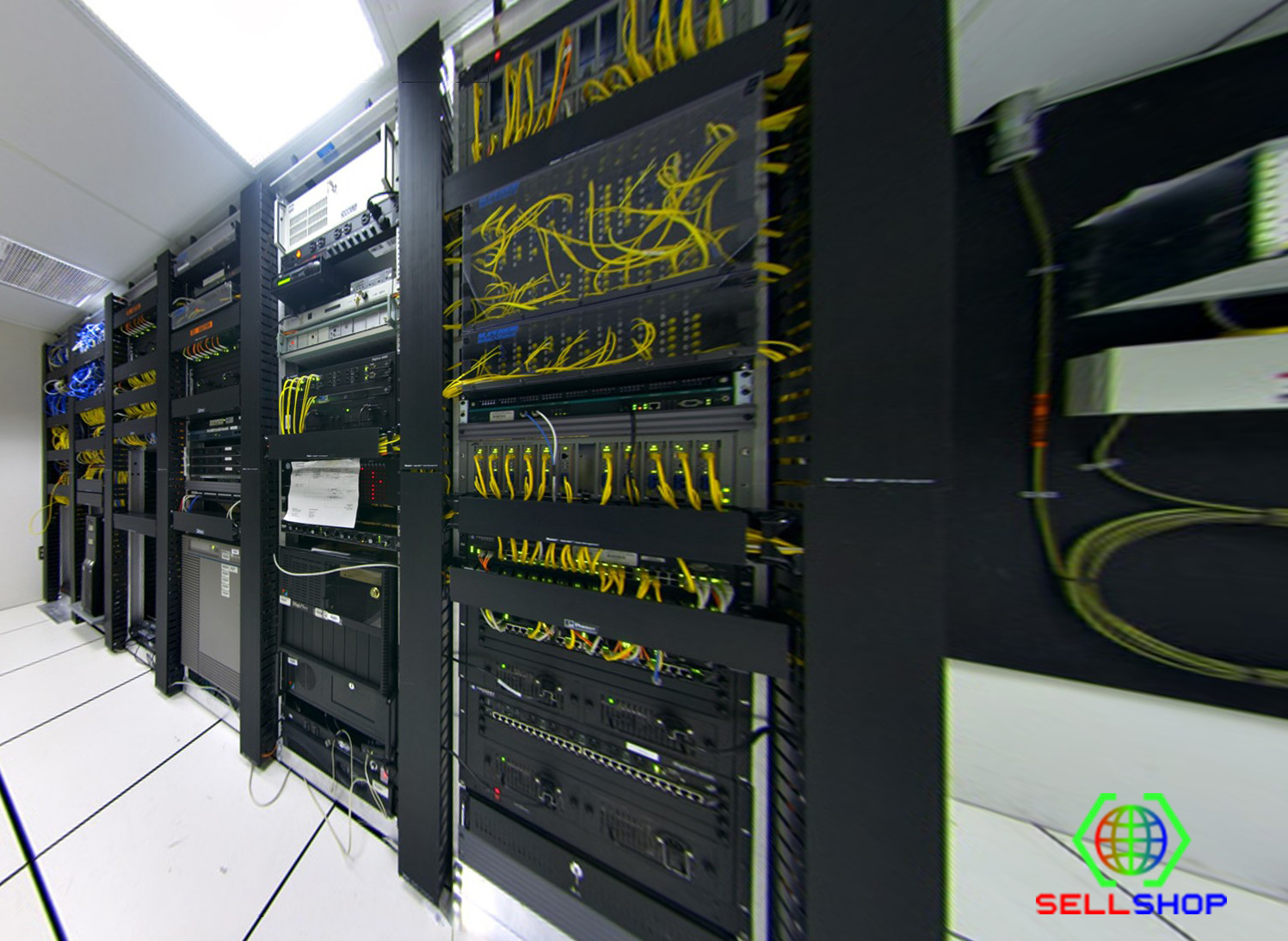
Fujitsu, a leading technology company, has announced the successor to its Arm-based A64FX data center CPU. The new CPU, which has been dubbed the A128FX, is expected to provide significant performance improvements over its predecessor. (What are Data Center Technologies?) In this article, we will discuss the features and capabilities of the A128FX and what it means for the future of data center technology.
The A128FX is a next-generation CPU that has been designed specifically for use in data centers. It is based on Arm’s Neoverse V1 architecture and is manufactured using a 5nm process. The CPU has 128 cores, which is double the number of cores found on the A64FX. This means that the A128FX is capable of handling even more complex workloads than its predecessor.
The A128FX also features a high-bandwidth (What are Data Center Technologies) memory system, with a total of 4 TB of HBM3 memory. This is significantly more memory than what is available on the A64FX, which has a total of 1 TB of HBM2 memory. The increased memory capacity of the A128FX is expected to provide a significant boost in performance, particularly for memory-intensive workloads.
In addition, the A128FX includes support for PCIe Gen5, which provides faster data transfer speeds than the previous generation. This is important for data centers, which require high-speed data transfers to handle large amounts of data. The A128FX also includes support for Arm’s Scalable Vector Extension (SVE), which provides improved performance for vector-based workloads.
What are Data Center Technologies
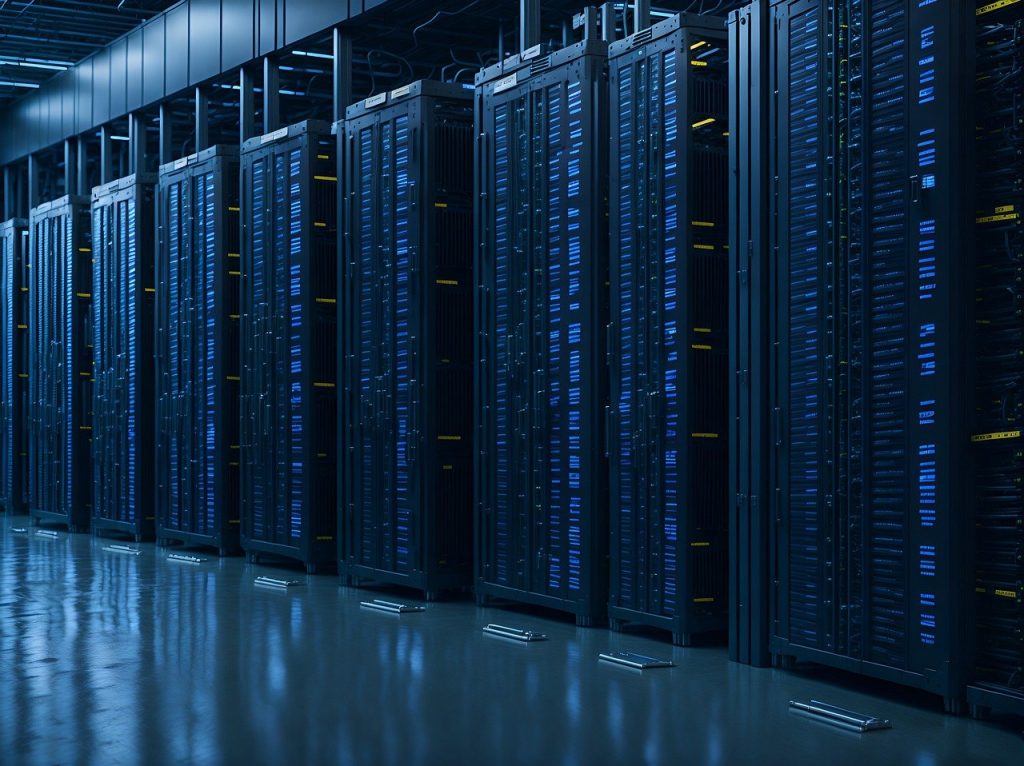
What are Data Center Technologies
Features of the A128FX
The A128FX is a next-generation CPU (What are Data Center Technologies) that has been designed specifically for use in data centers. It is based on Arm’s Neoverse V1 architecture and is manufactured using a 5nm process. The CPU has 128 cores, which is double the number of cores found on the A64FX. This means that the A128FX is capable of handling even more complex workloads than its predecessor.
The A128FX also features a high-bandwidth memory system, with a total of 4 TB of HBM3 memory. This is significantly more memory than what is available on the A64FX, which has a total of 1 TB of HBM2 memory. The increased memory capacity of the A128FX is expected to provide a significant boost in performance, particularly for memory-intensive workloads.
In addition, the A128FX includes support for PCIe Gen5, which provides faster data transfer speeds than the previous generation. This is important for data centers, which require high-speed data transfers to handle large amounts of data. The A128FX also includes support for Arm’s Scalable Vector Extension (SVE), which provides improved performance for vector-based workloads.
Capabilities of the A128FX
The A128FX is expected to provide significant performance improvements over its predecessor, the A64FX. According to Fujitsu, the A128FX is capable of achieving a peak performance of 10 teraflops. This is double the performance of the A64FX, which has a peak performance of 5 teraflops.
What are Data Center Technologies

What are Data Center Technologies
The increased performance of the A128FX is expected to be particularly beneficial for machine learning and artificial intelligence workloads. These workloads require significant processing power and are typically run on specialized hardware, such as graphics processing units (GPUs). However, (What are Data Center Technologies) the A128FX’s high-core count and large memory capacity make it a viable alternative for these workloads.
The A128FX is also expected to be more power-efficient than its predecessor. Fujitsu has stated that the A128FX will have a power consumption of less than 300 watts. This is significantly lower than the A64FX, which has a power consumption of around 400 watts. The lower power consumption of the A128FX is expected to reduce the operating costs of data centers, particularly those that run at scale.
What are Data Center Technologies
The announcement of the A128FX is a significant development in the world of data center technology. The CPU’s high-core count, large memory capacity, and improved performance make it a compelling option for data centers that handle complex workloads.
The A128FX also highlights the growing importance of Arm-based CPUs in the data center market. Arm-based CPUs are typically more power-efficient than their x86 counterparts, which makes them an attractive option for (What are Data Center Technologies) data centers that need to reduce their operating costs. In addition, Arm-based CPUs are becoming increasingly capable, with the A128FX providing a significant boost in performance over its predecessor.
Overall, the A128FX represents a significant step forward for data center technology. Its improved performance, power efficiency, and large memory capacity make it a compelling option for data centers that need to handle complex workloads. It is likely that we will see more Arm-based CPUs in the data center market in the coming years as the technology continues to improve and mature.
Future of Data Center Technology
Fujitsu’s announcement of the A128FX represents a significant development in the world of data center technology. With its high-core count, large memory capacity, and improved performance, the A128FX is a compelling option for data centers that need to handle complex workloads.
What are Data Center Technologies

What are Data Center Technologies
The A128FX’s support for Arm’s Neoverse V1 architecture and Scalable Vector Extension (SVE) make it particularly well-suited for (What are Data Center Technologies) machine learning and artificial intelligence workloads. These workloads require significant processing power and are typically run on specialized hardware, such as GPUs. However, the A128FX’s capabilities make it a viable alternative for these workloads, providing data centers with a more power-efficient and cost-effective option.
Fujitsu’s continued investment in Arm-based CPUs highlights the growing importance of this technology in the data center market. Arm-based CPUs are becoming increasingly capable, and their power efficiency makes them an attractive option for data centers that need to reduce their operating costs. As the technology continues to improve and mature, we are likely to see more Arm-based CPUs in the data center market in the coming years.
In conclusion, Fujitsu’s announcement of the A128FX represents a significant development in the world of data center technology. Its improved performance, power efficiency, and large memory capacity make it a compelling option for data centers that need to handle complex workloads. The A128FX highlights the growing importance of Arm-based CPUs in the data center market and is likely to pave the way for more innovations in this space.
Furthermore, the A128FX also supports high-speed (What are Data Center Technologies) interconnect technology, such as PCIe Gen 4 and CCIX, allowing for faster data transfer between CPUs and other devices in the data center. This enables data centers to handle more data-intensive workloads, such as real-time analytics, in a more efficient and cost-effective manner.
The A128FX is also designed to be scalable, allowing data centers to easily upgrade and expand their computing power as needed. This is particularly important in today’s rapidly evolving technological landscape, where businesses need to be able to quickly adapt to changing market conditions.
Overall, the A128FX is a significant step forward for Fujitsu and for the data center industry as a whole. Its improved performance, power efficiency, and scalability make it an attractive option for data centers that need to handle complex workloads, particularly in the areas of machine learning and artificial intelligence. As data centers continue to become more critical to businesses, we are likely to see more innovations in this space, with companies like Fujitsu leading the way.
In conclusion, Fujitsu’s announcement of the A128FX represents a major milestone in the development of Arm-based CPUs (What are Data Center Technologies) for the data center market. Its improved performance, power efficiency, large memory capacity, and support for high-speed interconnect technology make it a compelling option for data centers that need to handle complex workloads. The A128FX also highlights the growing importance of Arm-based CPUs in the data center market and is likely to pave the way for more innovations in this space.
- IBM Cloud Data Center Locations
- Components of Data Center Infrastructure
- VMware Software Defined Datacenter
- VMware Software Defined Datacenter
- What are Data Center Solution?
- Inverse Compton scattering in astrophysical jets
As businesses increasingly rely on data centers to handle their most critical workloads, the demand for high-performance, energy-efficient computing solutions will continue to grow. Fujitsu’s investment in Arm-based CPUs shows that this technology is poised to play an increasingly important role in the future of data centers. As we move forward, we can expect to see more advancements in this area, and Fujitsu’s A128FX is a significant step forward in that direction.
- Does gpu fan always spin? | 2024 - December 27, 2023
- GPU Fan Rotation, Save Energy | The Truth About 2024 - December 25, 2023
- How to Increase GPU Fan Speed | Ultimate Guide! 2024 - December 19, 2023



